About 'Open Mike in Busan'IntroductionToday’s topic is the media in Korea – so I’m talking about TV, radio and the newspapers.
TelevisionI never saw a lot of Korean TV before I came here. I’m afraid that there’s no
Korean Wave in England. Of course, I’ve seen some here now. From what I’ve seen I suppose you’d say it was broadly similar to British TV, but there really seem to be three main types of Korean television programme – historical dramas, soap operas and light entertainment shows. Or maybe I have this impression because it’s what my mother-in-law always watches.
We subscribed to a big multi-channel package here, and it has a lot of American programmes. I had a service like this in England, but it’s a lot cheaper in Korea, which is just as well because really, I’m too busy to watch it. Anyway, it’s pretty difficult to work out what’s on when you have to translate the Korean schedules. In a way, the video-on-demand service seems more of a promising option, but with ours [
Mega TV] the menu system is awful and the hardware is worse – it’s painfully slow, and has a badly designed remote control with poor infra-red sensitivity. Changing channels is an ordeal - you can press a number on the remote control and wait five seconds for it to it to appear on the screen, and it doesn’t always catch it so you end up on a different channel and then the whole process begins again. It can take up to a minute to change channels. You can watch a lot of programmes on TV about serial killers, but this might actually be the first TV service that can turn you into one.
When we were shopping for a new television, we also looked at TVs with a time-machine function – it’s like
TiVo – essentially a system where the TV records programmes automatically. We had this in England and it was quite useful. But the staff member in the first store we went into said “Why do you need it? Just download what you want to watch from the Internet.” I appreciated his blunt assessment of the realities of watching TV in Korea, but if anything it was almost an argument for not buying a TV at all.
Television versus learning KoreanMaybe it would have been better not to buy a TV; it’s bad for learning Korean because it’s easy to end up watching American TV shows all the time. I think this is the paradox of learning Korean in today’s world. In principle, we have more technology such as computer programs, mobile applications and electronic dictionaries to assist us, but on the other hand it’s a more globalised, smaller world in which it’s much easier to stay in touch with people and the culture back home.
I imagine that twenty years ago there was a much greater sense of isolation – less television, no Internet [for the general public at least], no Facebook and no easy phone calls to friends and family back home. There weren’t the fancy toys to help in the learning process, but it was real immersion in the language and culture. Now, we can sit around in our Korean homes watching American shows and not have to learn Korean for our TV fixes.
Favourite Korean programmesI don’t really have any favourite Korean TV programmes because my language ability isn’t good enough. But some programmes are useful, such as the game show with parents and children, guessing a word from clues. Things like that are easier to follow.
I’d heard about the e-leagues –
video game leagues – here, but I’ve still been amazed to find an entire channel apparently dedicated to
StarCraft. It’s even more amazing now they show StarCraft II in HD. I used to play Kartrider a lot and it was interesting to see the Kartrider competitions on TV too. We don’t have game channels in the UK.
Non-Favourite Korean programmesWhat shocked me about Korean TV was the casual animal cruelty you can see. I turned on the TV once and was immediately confronted by
a show showing cock-fighting – and it was an entertainment show, not some kind of documentary. In the US there are organisations such as PETA monitoring content, and you always see the disclaimer on programmes and movies ‘no animals were harmed during the making of this’. When I saw the cock-fighting I half-expected to see Borat commentating – it had that kind of atmosphere.
Then there was a show that featured fish fighting, with an excited sports-commentary style voice-over. I have to say, watching fish tearing each other apart can be pretty brutal. And on another game show contestants had to scoop as many live crabs up from one place in a bucket to deposit them in another. It was rough – legs were coming off and flying everywhere. It’s sad to see this kind of thing.
Sex and violenceThen there’s the ‘19-rated’ programmes – a mixture of sex, porn and violence – that are on all day [I'll do a post on this in the near future]. In principle I don’t mind the idea of there being sex on TV during the daytime – I’m no puritan – but now I have a child, I have to worry about what he might see when he’s old enough to watch TV.
It’s different in my country. Anything with explicit sex or violence – which has an 18-rating in the UK – has to be shown after 9pm, which is what’s called the ‘
watershed’. Maybe it’s hypocrisy, because the sex doesn’t bother me, but I really don’t want to see a guy getting his finger chopped off at 11am when flicking through channels. For that matter – I don’t want to at 11pm either.
You know what really seems to be a hypocrisy though? The way knives and cigarettes are regularly blurred out on TV but the violence isn’t. I watched a war movie once and there was a lot of very graphic and bloody killing, but in a scene where the soldiers were smoking, the cigarettes were blurred out. So it’s OK showing you how to kill a person in great detail, but let’s not encourage anyone to smoke.
RadioAs far as radio is concerned I listen to a few shows on Busan e-FM, including
Inside Out Busan. I’m contractually obliged to say that of course, but I really do. Segments like
What’s Popin Busan [sic] are quite useful. Because I’m not a teacher here I don’t really feel part of a community, so it’s good to hear about local information, events and
news.
NewspapersI read the Korean newspapers for thirty minutes to an hour every day – but the English-language versions of course, which are very useful. I’m struggling to learn Korean, but it’s still important to understand what’s going on here with society, economics and politics, which newspaper is attacking foreigners this week, that sort of thing.
But the newspapers themselves are an interesting subject, because I think they
regularly present things as facts with very little basis for doing so, and they have a habit of
manipulating stories into what they want them to be. [It's
not just the newspapers either]. And then there are the ridiculous stories like the
2012 alien attacks in the heavyweight newspapers. Of course, we know
how racist some of the portrayals of foreigners are, but it goes much further than that, with urban myths such as ‘
fan death’ regularly
given credence as fact even though Korean scientists have said there’s really no basis for it. I call it the K-facts issue – facts that are only facts in the Korean media. Unfortunately it creates a dangerous society, because then the kind of people who blindly believe what the media is telling them tend to then react badly to foreigners [
incitement to racial hated is a crime in my country] and they also react badly to anyone who disagrees with the 'facts' they've been told about other issues.
LinksBusan e-FMInside Out BusanAir date: 2011-03-16 @ ~19:30
 Here’s a quandary: do you hate a King who conned the North Koreans, or throw the book at him? Is there a lesson to be learned here about how to “take Kim Jong-il”?
Here’s a quandary: do you hate a King who conned the North Koreans, or throw the book at him? Is there a lesson to be learned here about how to “take Kim Jong-il”?



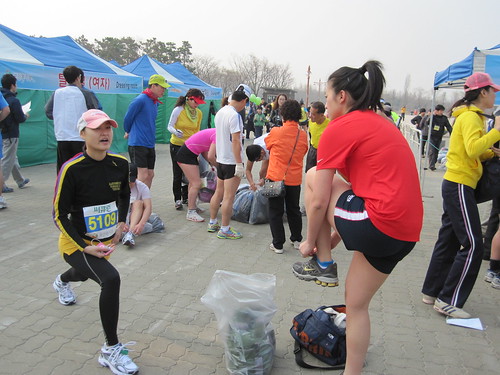
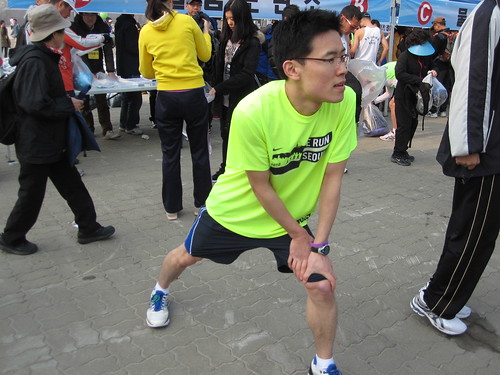
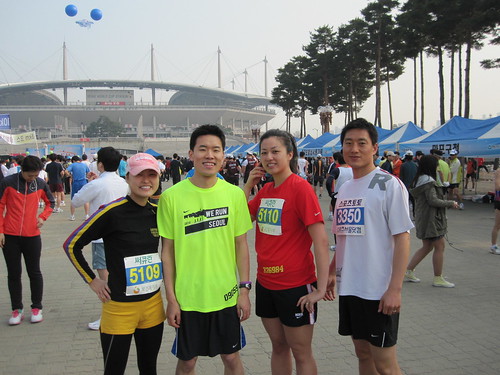








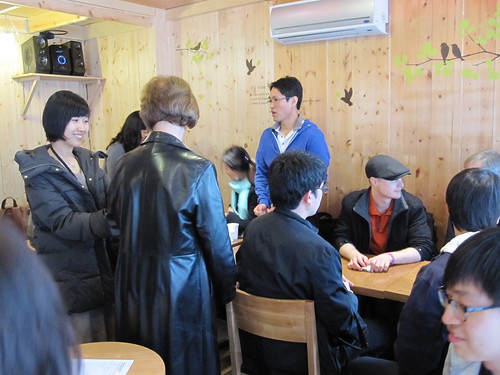

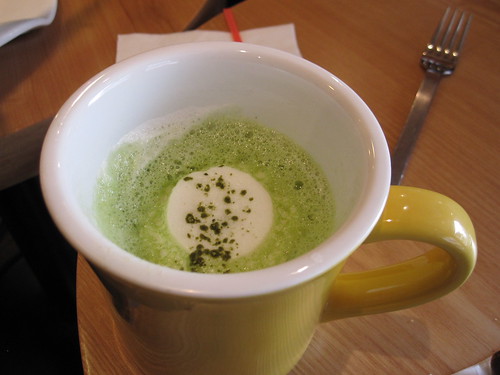



Recent comments